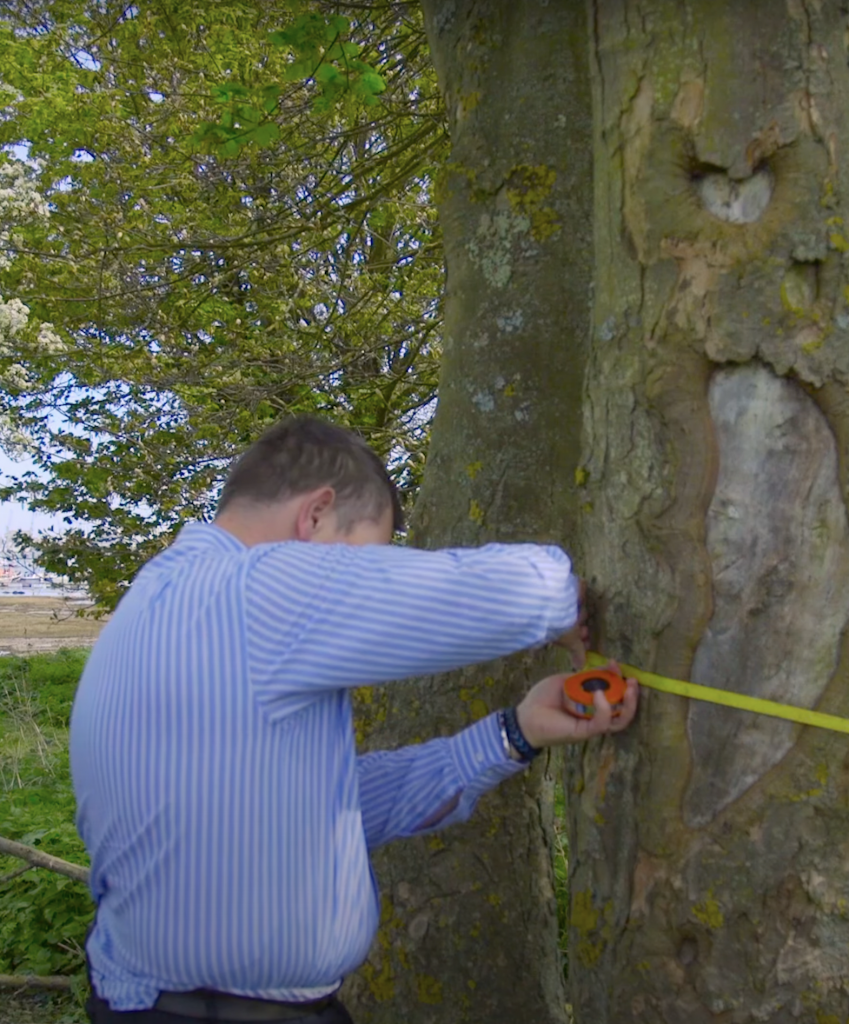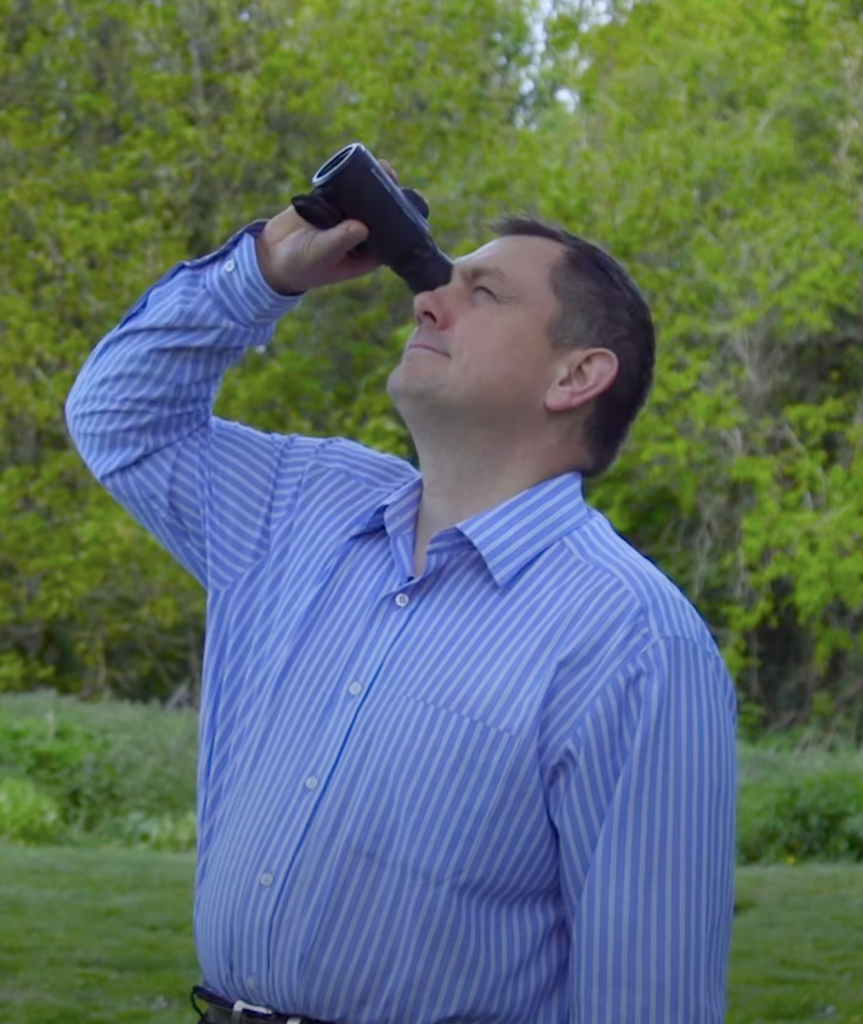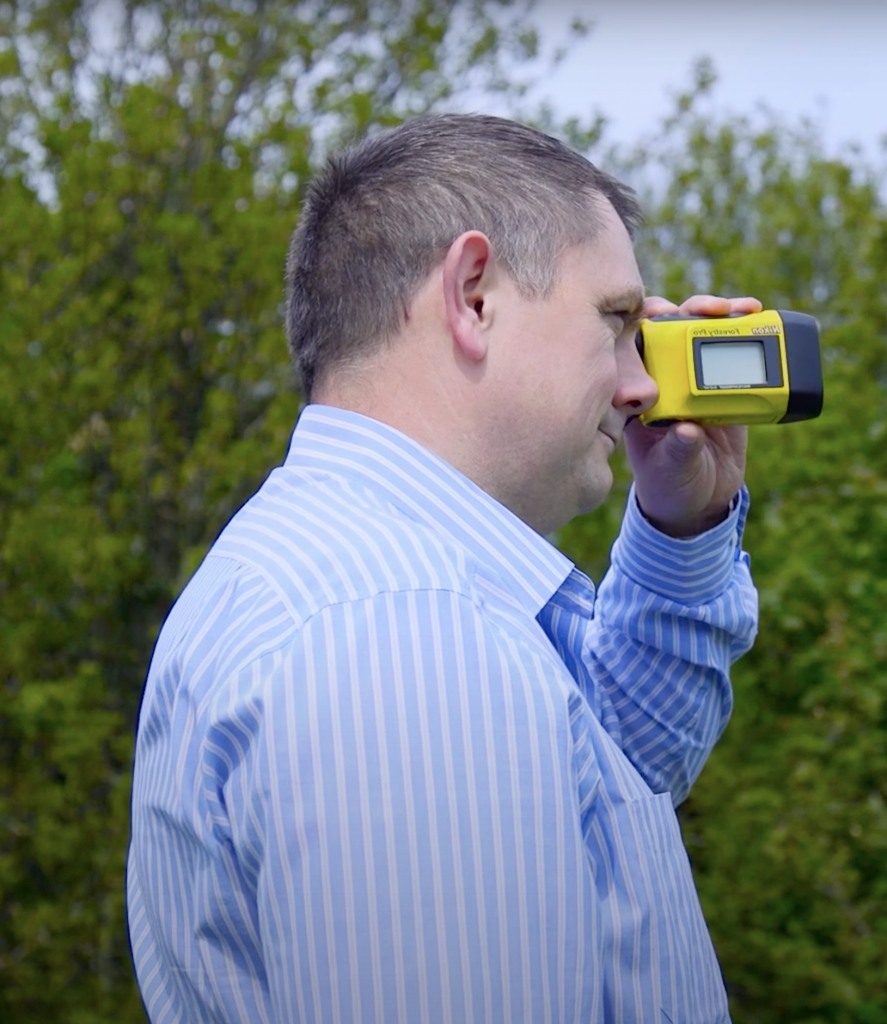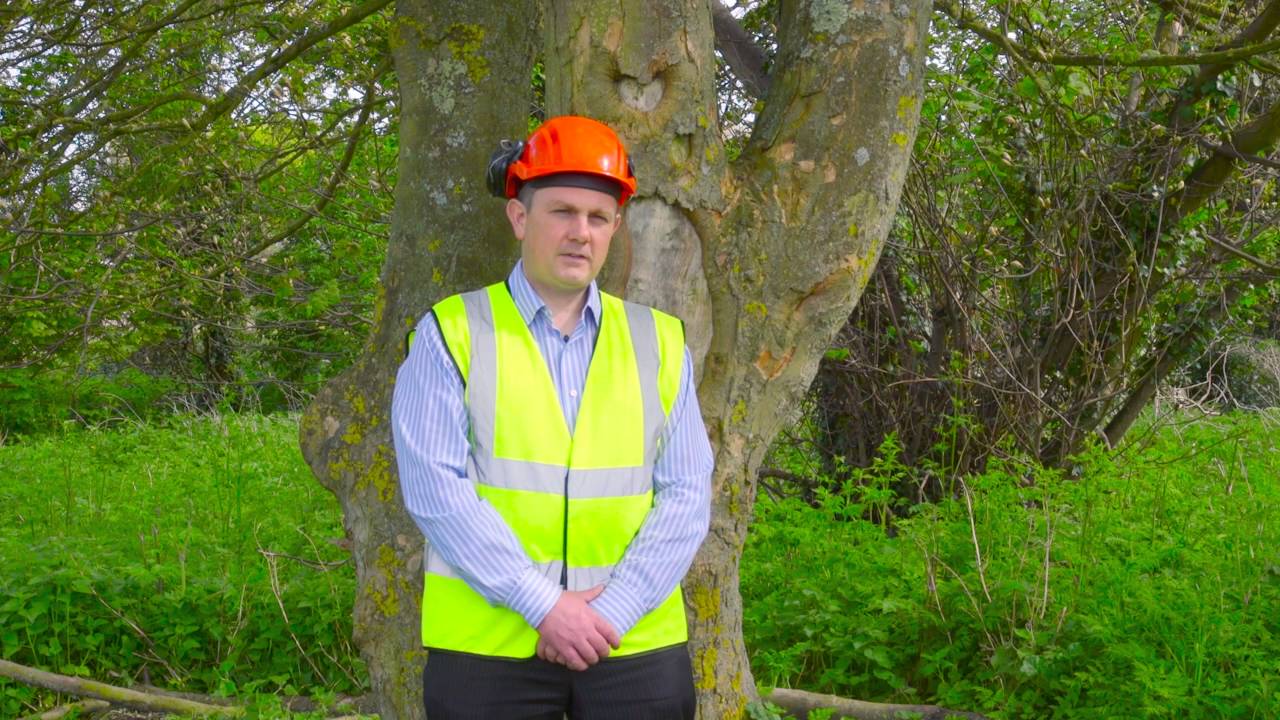Why You Need a BS5837 Tree Survey When Applying for Planning Permission
If you’re preparing a planning application and there are trees on or near the site, you’ll almost certainly be asked to provide a BS5837 tree survey. It’s not just a box-ticking exercise—it’s a technical requirement that helps planning officers understand how your proposal interacts with existing trees, both above and below ground.
Whether you’re building a rear extension, converting a property, or developing a larger site, trees can influence the outcome of your application in ways that aren’t always obvious at first glance. That’s where the BS5837 survey comes in.


What Is a BS5837 Tree Survey?
The BS5837 survey is done to comply with British Standard 5837:2012—Trees in Relation to Design, Demolition and Construction. It’s an official survey of all the trees within your proposed works’ influencing distance. An experienced arboricultural consultant will visit the site, and the main constraints recorded for each tree, including:
- Species and health
- Canopy spread and height
- Trunk diameter and age class
- Physiological health and structural integrity
- Root Protection Area (RPA)
- Categorisation of trees (A, B, C or U) according to quality and value
These details are then utilised to create a Tree Constraints Plan, which superimposes the tree information on your site design. It assists in determining the trees that can be kept, the ones that should be removed, and how best to design around them responsibly.
Why Do Planning Authorities Ask for It?
Local Planning Authorities (LPAs) are under a statutory duty to consider the impact of development on trees. This includes:
- Trees covered by Tree Preservation Orders (TPOs)
- Trees in Conservation Areas
- Ancient or veteran trees
- Trees possessing the character or biodiversity of the area
- All retained trees on your property or on the adjunction property but close to the boundary.
Without a BS5837 survey, planning officers are unable to adequately assess your proposal’s arboricultural implications. In the majority of cases, applications will be invalid or rejected outright if the survey is incomplete or absent.

What Does the Survey Entail and What Happens Next?
For the majority of applications, the survey is just the first step. Depending on the size of your project and the trees involved, you might also need:
• Arboricultural Impact Assessment (AIA) – explains how the development affects the trees
• Arboricultural Method Statement (AMS) – outlines how retained trees will be protected during works
• Tree Protection Plan (TPP) – shows fencing, ground protection, and construction zones
These documents demonstrate to the planning authority that you’ve considered tree-related constraints from the outset—not as an afterthought.
Common Planning Scenarios
Some examples of when a BS5837 survey will be required are:
• House extensions around veteran trees
• New housing developments on previously undeveloped land
• Barn or outbuilding conversions with trees nearby
• Commercial developments alongside hedgerow or woodland
• School or care home extensions with trees on the site
Even if your proposal is small, the presence of trees can make a survey necessary—especially if they’re protected or on or near the boundary.
What If I Remove Trees Before Submission?
This is a standard query, and the response will vary depending on the situation. If the trees are not protected or are of poor quality, their removal will not be counted against you. The continual or extensive clearance prior to making an application will trigger red flags for the LPA, though. In certain instances, councils will retrospectively require mitigation measures. Biodiversity Net Gain (BNG) now requires a 10$ increase in biodiversity, so tree removal has become a lot more problematic now.
It is always better to seek professional advice before doing any tree works—especially if you’re going to be making an application in the near future.
Can I Build Within a Root Protection Area?
Generally, no. The RPA is a designed area around each tree that must be protected from excavation, compaction, and disturbance. In some cases, however, it is possible to build within an RPA using specialist techniques such as:
• No-dig surfacing
• Suspended foundations
• Cantilevered structures
• Piled foundation design
These solutions require the involvement of arboricultural and structural specialists and must be explained in your planning applications.
What About Shade, Light and Future Growth?
BS5837 surveys also consider how retained trees might affect the use of the site in the future. For example:
• Will a tree cast too much shade over gardens or living rooms?
• Will the tree grow in such a manner that it will impact nearby buildings?
• Would roots interfere with drainage or utilities in the future?
Early engagement with a tree consultant can address all of these issues and will result in a smoother planning process.






